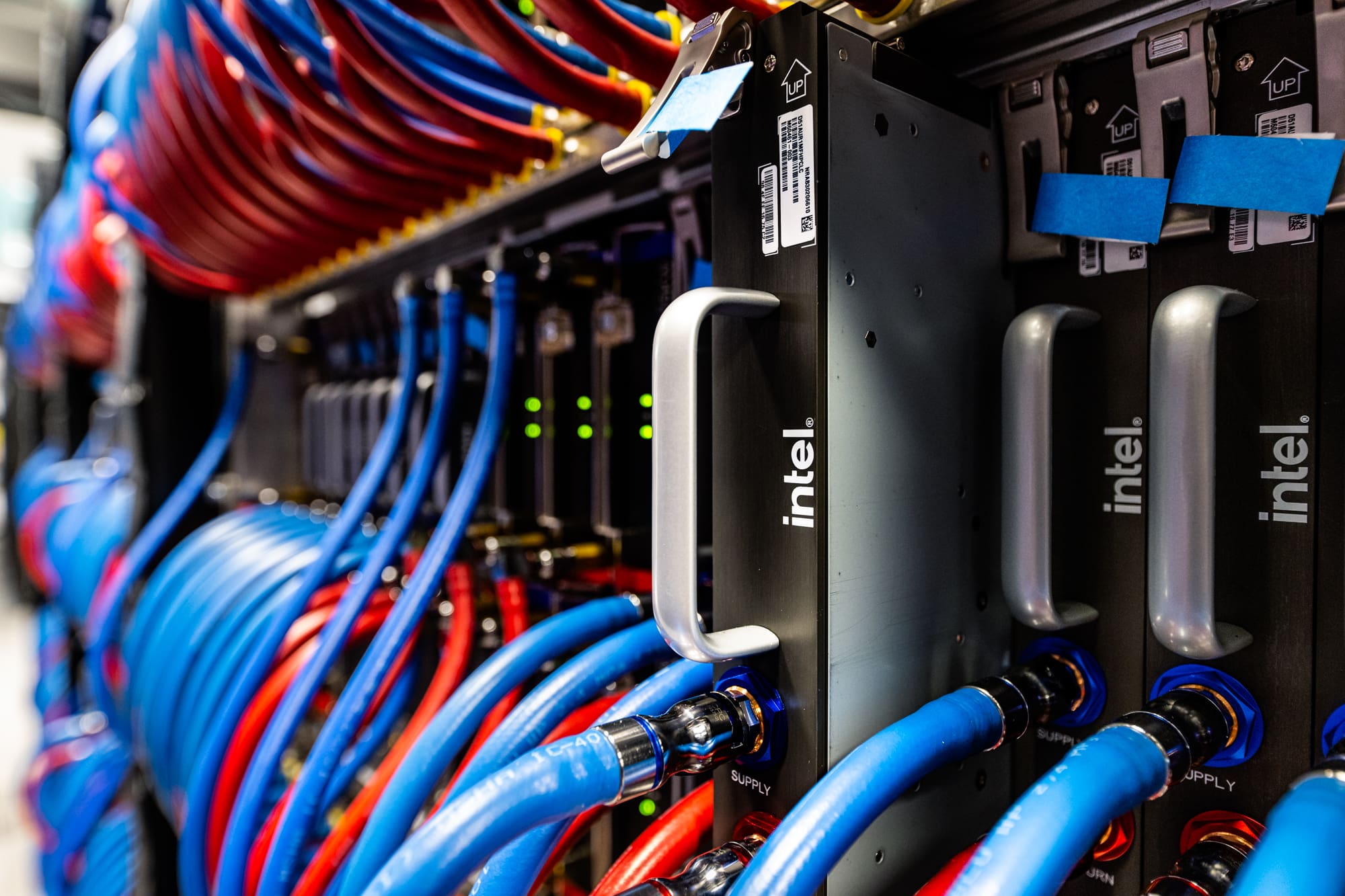In-Short
- Intel’s Aurora supercomputer surpasses exascale, reaching 1.012 exaflops.
- Aurora is designed for AI-centric computing, enhancing scientific research.
- The system features Intel’s latest GPU architecture and a vast array of CPUs and GPUs.
- Intel’s expansion of the Tiber Developer Cloud supports AI model optimization.
Summary of Intel’s Aurora Supercomputer Achievements
Intel, in partnership with Argonne National Laboratory and Hewlett Packard Enterprise, has announced a significant milestone for its Aurora supercomputer, which has now achieved exascale computing speeds of over one exaflop, specifically 1.012 exaflops. This breakthrough positions Aurora as the fastest AI-focused supercomputing system available.
Ogi Brkic, Intel’s VP and GM of Data Centre AI Solutions, emphasized the supercomputer’s potential to tackle complex scientific problems, from climate change to cosmic explorations. Aurora’s AI-centric design facilitates the use of generative AI models, which are instrumental in expediting scientific discoveries.
Noteworthy achievements with Aurora include mapping the human brain’s 80 billion neurons, enhancing particle physics research, and speeding up drug discovery processes. At the heart of Aurora’s performance is the Intel Data Center GPU Max Series, based on the Intel Xe GPU architecture, which is adept at handling both AI and high-performance computing (HPC) tasks.
The supercomputer’s impressive specifications include 166 racks, over 10,000 compute blades, and tens of thousands of Intel’s CPUs and GPUs, making it the world’s largest GPU cluster. Intel’s suite of software tools, such as the Intel® oneAPI DPC++/C++ Compiler, further enhances the system’s scalability and developer flexibility.
Intel is also enhancing its Tiber Developer Cloud with cutting-edge hardware and services to aid developers in AI model evaluation and workload optimization. The deployment of new supercomputers integrated with Intel technologies is set to revolutionize various scientific domains, with systems like CMCC’s Cassandra for climate modelling and ENEA’s CRESCO 8 for fusion energy research, showcasing Intel’s commitment to pushing the boundaries of HPC and AI.
Further Reading and Source Attribution
For more detailed information and insights on the Aurora supercomputer and its impact on AI and scientific research, please refer to the original source.
Footnotes
Image credits and external source links are attributed within the article.










